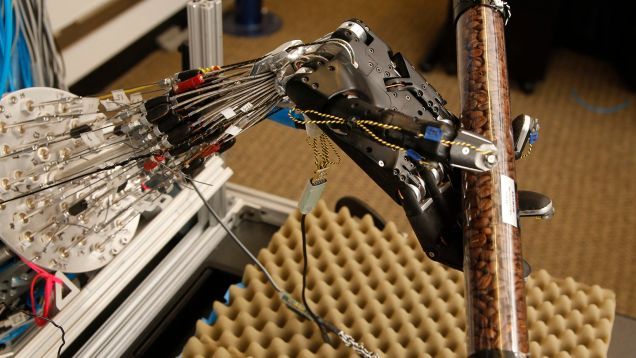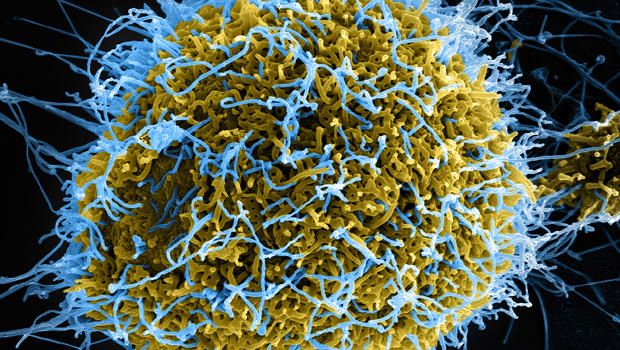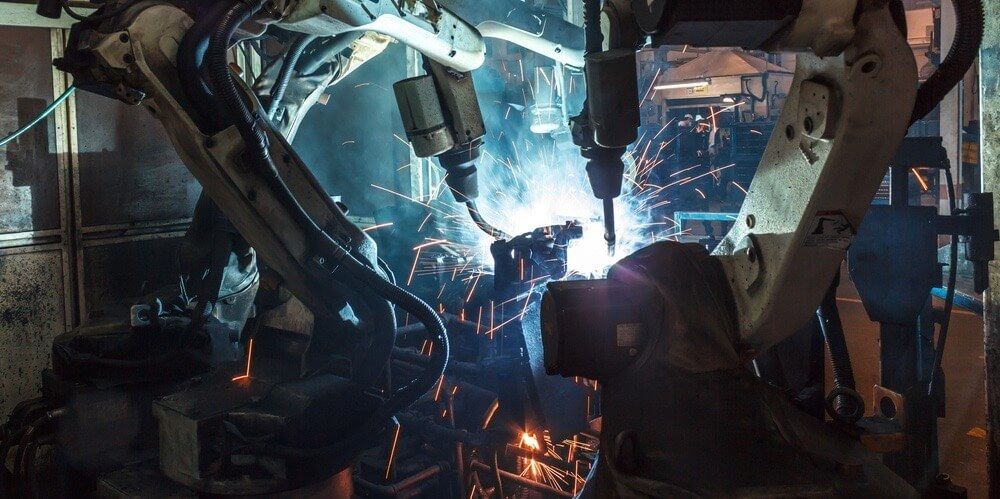May 11, 2016
America is ‘dropping cyberbombs’ – but how do they work — By Richard Forno and Anupam Joshi | The Conversation
Posted by Odette Bohr Dienel in category: security
“Recently, United States Deputy Defense Secretary Robert Work publicly confirmed that the Pentagon’s Cyber Command was “dropping cyberbombs,” taking its ongoing battle against the Islamic State group into the online world. Other American officials, including President Barack Obama, have discussed offensive cyber activities, too.”

















